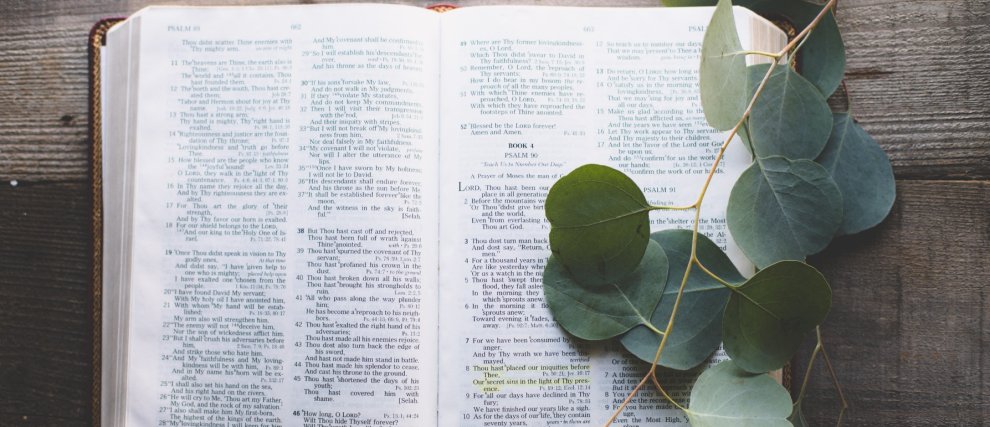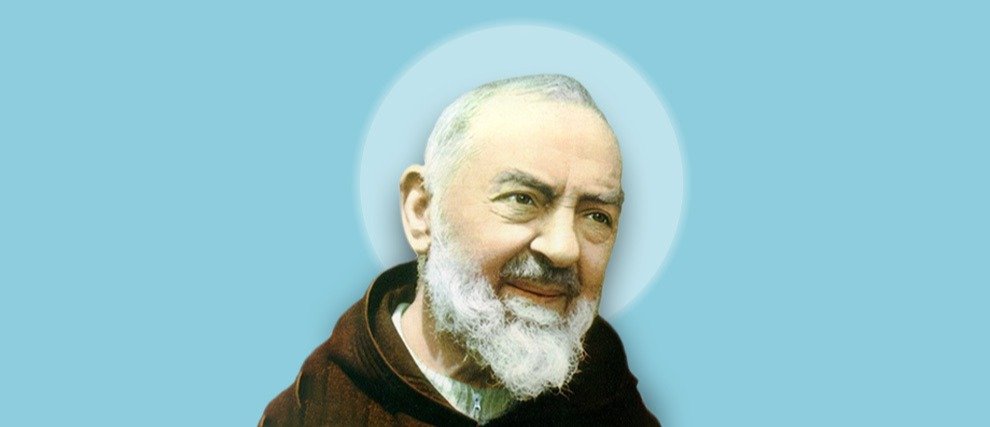History and Origin of Novenas
Since the Middle Ages, novena masses have been encouraged by the Catholic Church for different circumstances. Soon after, novena prayers make their apparition and become very popular among the faithful. Even today, many Christians make a novena to God for a particular intention and ask for a grace through the intercession of Mary or a saint.
Novena Masses in the Middle Ages
Novena masses consist of saying a mass everyday for nine consecutive days, for a particular intention. In the Middle Ages, novena masses were often celebrated for two types of occasions: for the death of someone important or for the preparation of Christmas.
A Novena for Mourning
A novena for mourning is a novena mass for a deceased. Nine consecutive masses were celebrated following the death of a pope, cardinal, prince, or another important person. The number nine was supposed to remind us of the death of Christ, who according to the Gospel gave up His soul at the ninth hour: “About the ninth hour Jesus cried out with a loud voice, saying, “Eli, Eli, lama sabachthani?” that is, “My God, My God, why have You forsaken Me?” And some of those who were standing there, when they heard it, began saying, “This man is calling for Elijah.” Immediately one of them ran, and taking a sponge, he filled it with sour wine and put it on a reed, and gave Him a drink. But the rest of them said, “Let us see whether Elijah will come to save Him.” And Jesus cried out again with a loud voice, and yielded up His spirit."(Matthew 27:46 - 50).
A Novena for Christmas
A novena for Christmas were novena masses that were particularly widespread in western Europe during the Middle Ages. There is evidence that at that time the clergy encouraged the celebration of nine masses during the nine days that preceded Christmas. These nine masses were to commemorate the nine months that Jesus spent in the womb of Mary.
Apparition and Popularization of Novena Prayers
From Novenas for Preparation to Novena Prayers
Near the end of the first millennium, certain religious orders organised novena masses for the preparation of the feast day of their founder. The saint was honored and his intercession with God was asked for in a particular way.
Soon after, the faithful began to pray to the saints in the form of a novena: for nine consecutive days, the faithful asked the saint to intercede and give them a particular grace. Generally, the saints were invoked upon depending on their special charismas. The novena to the popular Saint Momble, for example, was prayed to for the healing of brain disease.
The Novena Prayer Today
Today many novena prayers exist and this way of praying continues to be encouraged by the Church. In order to give meaning to the number 9, we often think of the nine days that the Apostles and Mary spent waiting and praying between Ascension and Pentecost before receiving the Holy Spirit : “All these devoted themselves with one accord to prayer” (Acts 1:14).
Among the most popular novenas today, certain allow us to prepare for important liturgical feast days as well as feasts of saints. For example, the novena to the Holy Spirit for the preparation of Pentecost is very popular, as is the novena to the Immaculate Conception, celebrated on December 8th, or the novena to St. Joseph before March 19th.
Numerous other novenas permit each one of us to pray for an intention at any time of the year. If some novenas, like Mary, the Undoer of Knots or St. Rita, have many followers, hundreds of other novenas exist and allow us to pray for finding a job, finding our vocation, having a child, praying for a deceased etc.
Pray a Novena with Hozana!
Hozana proposes numerous novenas and allows you to sign up and join a prayer community for nine consecutive days to pray to a saint or for a particular intention. Discover all of our novenas by clicking here. For example you can join or surrender your heart to Jesus with

